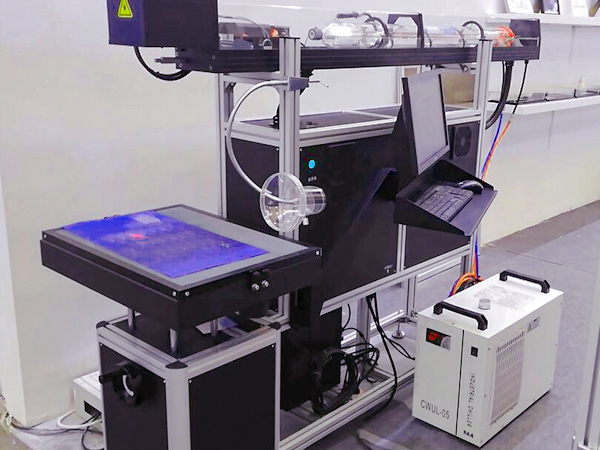The CO2 laser marking machine is a vital piece of equipment in the industrial sector. When using a CO2 laser marking machine, it's crucial to pay attention to the cooling system, laser care and lens maintenance. During operation, laser marking machines generate a significant amount of heat and need CO2 laser chillers to ensure the stability and efficiency.
Usage Guidelines and Water Chillers for CO2 Laser Marking Machines
The CO2 laser marking machine is a vital piece of equipment in the industrial sector, employing laser technology to achieve high-precision, high-speed marking. It excels in producing clear text and intricate patterns on products while maintaining a swift marking pace, significantly enhancing production efficiency. Furthermore, its user-friendly operation, easy maintenance, and low operational costs have made it widely adopted in industrial production.
When using a CO2 laser marking machine, it's crucial to pay attention to the following aspects:
Cooling System: Before turning on the laser marker, ensure that it is correctly connected to the cooling water following the principle of low-temperature inlet and high-temperature outlet. Pay attention to the position of the water outlet pipe, ensuring that the circulating water can flow smoothly into the pipe and fill it. Check for air bubbles in the water pipe, and eliminate them if present. It is essential to use purified or distilled water with a temperature ranging from 25-30℃. During operation, replace the circulating water promptly or allow the laser marking machine to rest as needed. It is highly recommended to regularly inspect the grounding of the equipment: both the CO2 laser marking machine and the matched laser chiller should be properly grounded to prevent electrical leakage, which could lead to personnel injury or equipment damage.
Laser Care: The laser is the core component of the CO2 laser marking machine. Avoid any contamination of the laser's output port by foreign substances. Regularly check the laser's heat dissipation to ensure its proper functioning.
Lens Maintenance: Periodically clean the lenses and mirrors with a clean cotton cloth or cotton swab, avoiding the use of abrasive or chemical solvents that could damage the lens coatings. During the cleaning process, ensure that the equipment is in a shutdown state to prevent any accidental harm.
The vital role of the water chiller in CO2 laser marking
During operation, laser marking machines generate a significant amount of heat. If this heat is not promptly and effectively dissipated, it can lead to elevated equipment temperatures, which, in turn, can adversely affect the laser's performance, slow down marking speeds, and potentially damage the laser equipment. To ensure the stability and efficiency of a CO2 laser marking machine, it is common practice to use a chiller for cooling purposes.
TEYU CO2 laser chiller series offers two temperature control modes: constant temperature and intelligent temperature regulation. These laser chillers are designed with a compact structure, small footprint, and ease of mobility. They also feature output signal control capabilities and multiple functions such as cooling water flow rate control and high/low-temperature alarms.

We're here for you when you need us.
Please complete the form to contact us, and we'll be happy to help you.










































































































